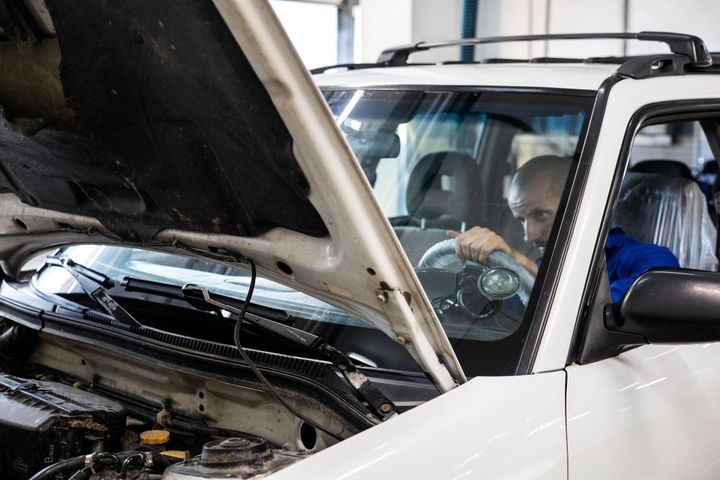Photo via pexels.com/Artem Podrez
Now is a good time to remind your drivers of best practices following a collision.
Approximately 6 million crashes occur on U.S. highways and byways every year. Moreover, research shows that the average person drives about 15,000 miles every year and has a one in 15 chance of getting into an accident.
Now consider fleet drivers. They’re behind the wheel much more frequently than the average person, so their risk of a collision is higher.
Crashes that occur during parking situations still dominate the fleet industry, according to Automotive Fleet’s 2019 Accident Management Survey. Other top accident descriptions by survey respondents included other vehicles rear-ending fleet vehicles as well as fleet drivers rear-ending other vehicles.
Clearly, accidents happen and when they do, it can rattle the nerves of even the most seasoned drivers. Now is a good time to remind your drivers of best practices following an accident. Experts from LeaseCar.uk offer the following advice.
- Check yourself — It’s natural to be concerned about your vehicle and damage, but it’s always wise to check yourself first and make sure you are safe and not injured.
- Stop the vehicle — Pull over, make sure your vehicle is stationary, and turn on your hazard lights to alert other drivers from hitting you.
- Call 911 — In the event you or anyone involved in the accident is injured, call 911 so that emergency professionals can attend to the problems immediately.
- Don’t apologize — Be courteous to the other motorist, but do not apologize as it can be used against you later as an admission of guilt and put you at fault for the accident, even if it wasn’t your fault.
- Stay calm — It’s normal to be in shock following a collision, but do your best to stay centered and calm, which will help you to handle the situation better.
- Get the details — It’s critical to get as many details as possible after an incident. You’ll want to share this information with your fleet manager later so an insurance claim can be properly processed. Note the make, model and license plate of the vehicle involved in the crash as well as names of the other driver and any witnesses. The time, date and location of the crash will also help give insurers a better picture of what happened.
- Take photos — Use your cell phone to take photos of the scene, the damage to the vehicles involved, and their positions on the road. You can share these with your fleet manager who can provide them to your insurance company to help assess who was at fault.
Source: https://www.automotive-fleet.com




